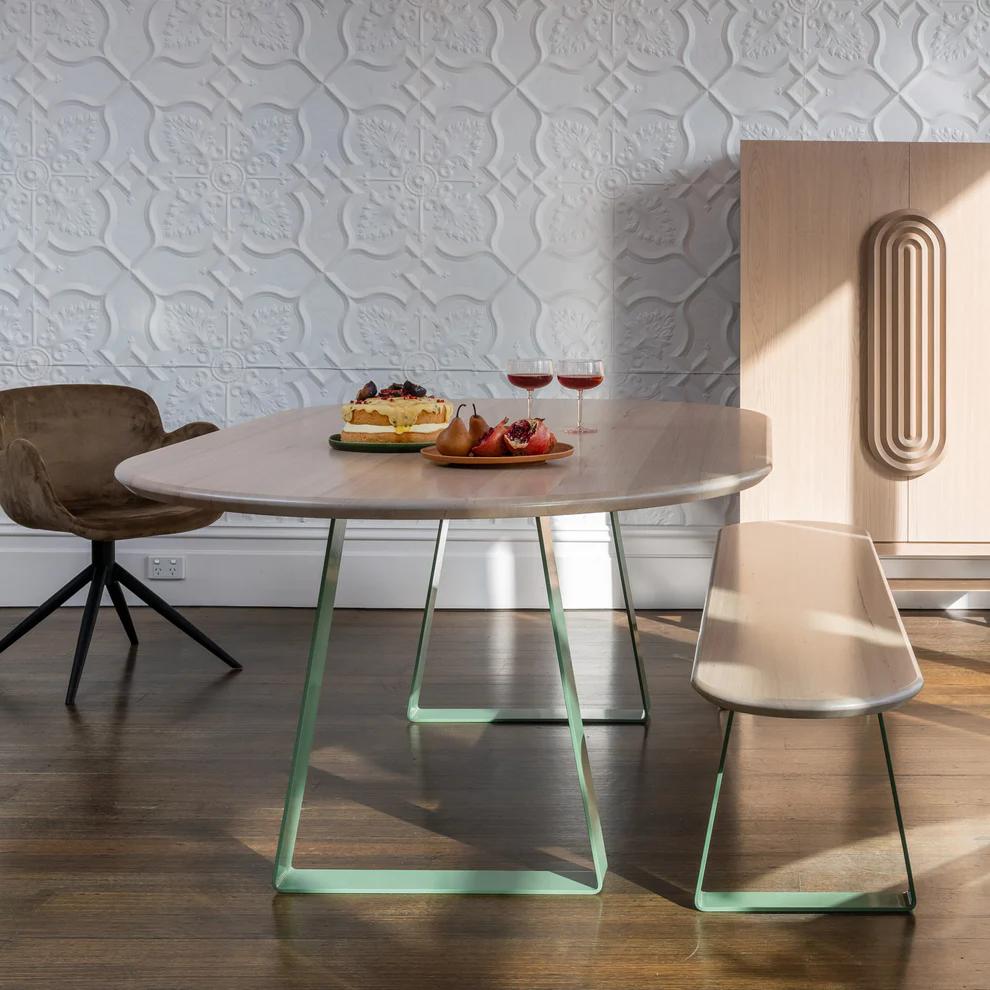
URBAN RHYTHM NUNWADING
Homemakers HQ
372 Whitehorse Rd. 2nd Fl. Nunawading
Open 7 days 10am - 5pm

Homemakers HQ
372 Whitehorse Rd. 2nd Fl. Nunawading
Open 7 days 10am - 5pm
Call us 10am - 5pm Daily.
Richmond 03 9421 1181
Nunawading 03 9894 8155
Email: ask@urbanrhythm.com.au
Urban Rhythm enforces a Zero Tolerance Policy
